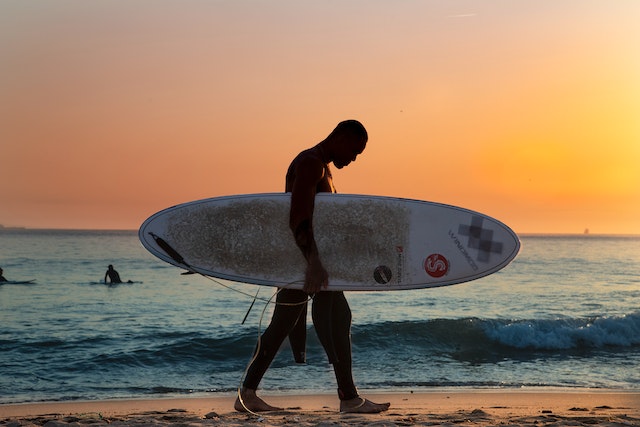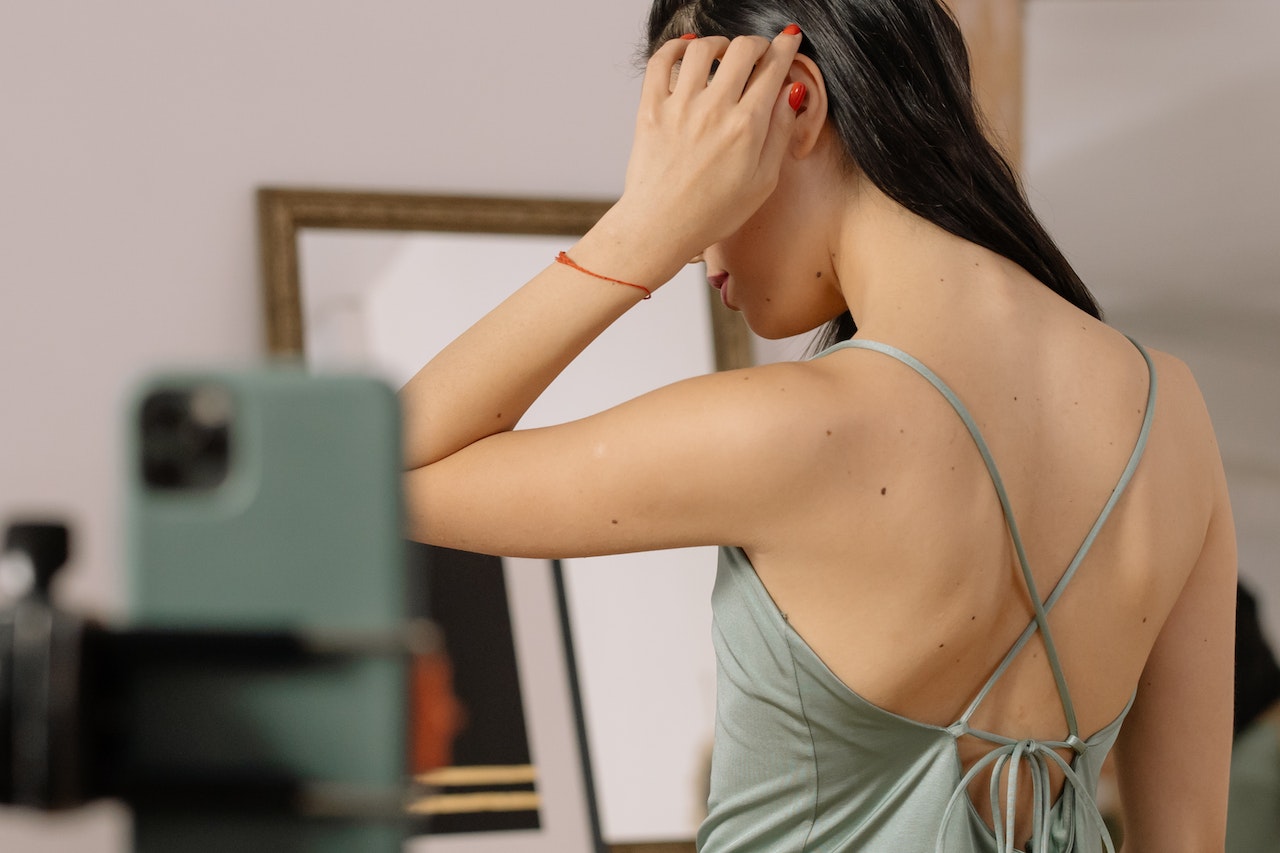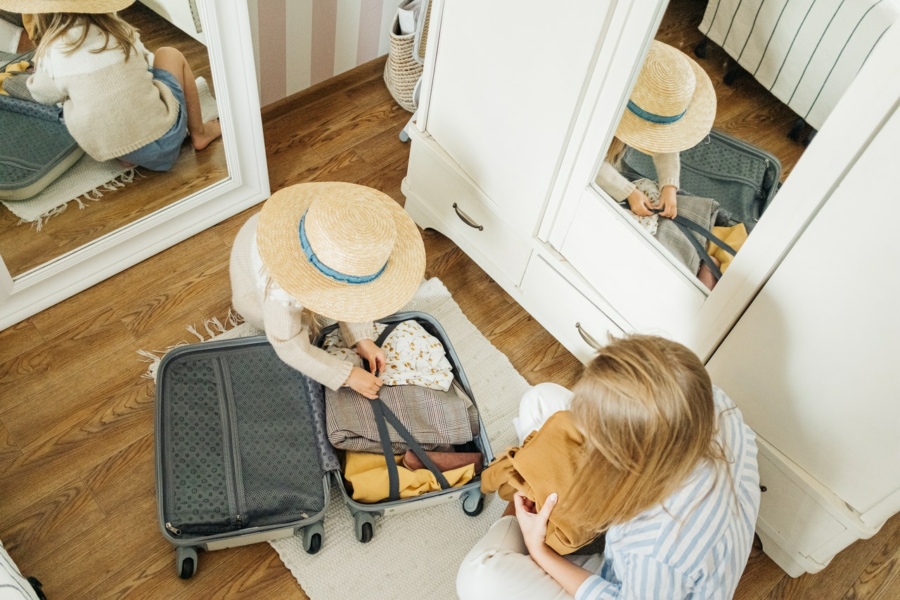With the recent harsh and long snow season, making this year’s March the coldest since 1892, the case for outdoor living does not stand so strong, since the chances of it being warm this summer are unclear. However, we must not dismiss outdoor living altogether, for with pergolas, conservatories and summer houses, we are protected from the wind, rain and the cold to an extent, whilst still being able to enjoy our gardens, one of the most important aspects of outdoor living.
Summer houses are the most useful of the three constructions mentioned, because they can be built both attached and detached from the house, so you can either extend your home into the garden, or create a living space within the garden. By far the most important advantage of them is that you have the choice of buying pre-made ones, having them built or even building one yourself, since they can take on many forms, from just sheds with windows to complete mini-apartments where kids can hang out with their friends.
Most are built using wood and glass, since the wood means that the house blends in with the garden while the glass brings in natural light, but this is also because these are the prettiest materials with which to build houses which do not stick out of nature. With conservatories however, since they are built onto the house, you have the choice of either using wood and glass, or using the same materials from which the house itself is built, since conservatories are just like rooms, only letting in more light.
However, the major limitation of conservatories is that while they may stick out into the garden, they are still attached to the house; you don’t get the full engagement with nature that a summer house brings. Of all three sorts of constructions, pergolas offer the best interaction with the outside. Made from wood or metal frames, they can be used as frames to grow vines and other climbing plants, and it is these plants that provide protection from the sun and if dense enough, the rain, but you have to wait a long time to get to this stage, making them less viable for this use, hence why you don’t see them much in this country.
Overall, for the best compromise of protection and interaction with nature, summer houses are the best, although they may the most expensive, with conservatories only having three walls. Summer houses, if built as mini-apartments, also have a more year-round use, such as if guests come round you’ll have extra rooms for them. The easiest to put up are pergolas, since you can build them from planks of wood, but their use is limited at first.
Bring on the summer: outdoor living





